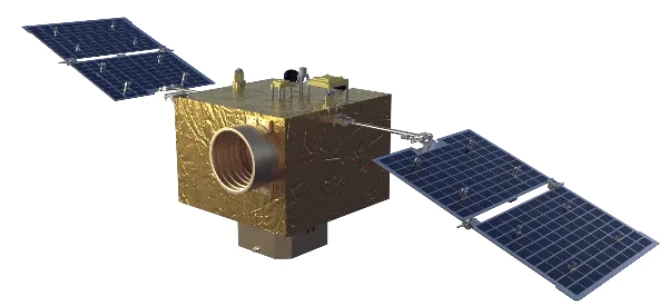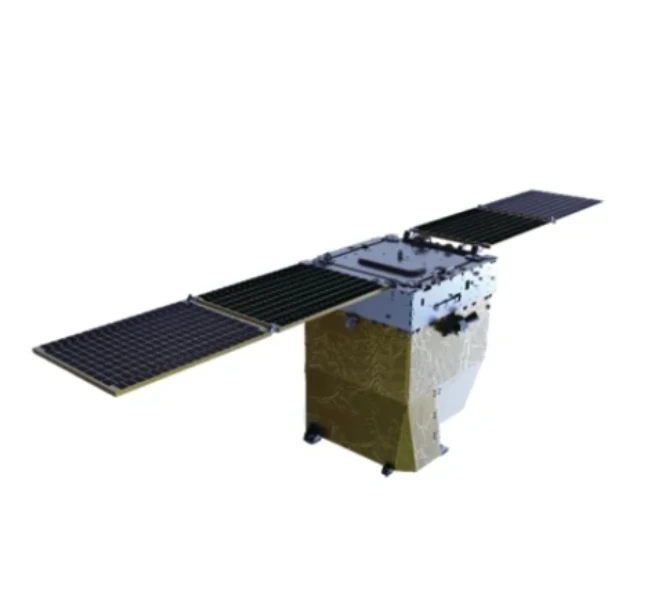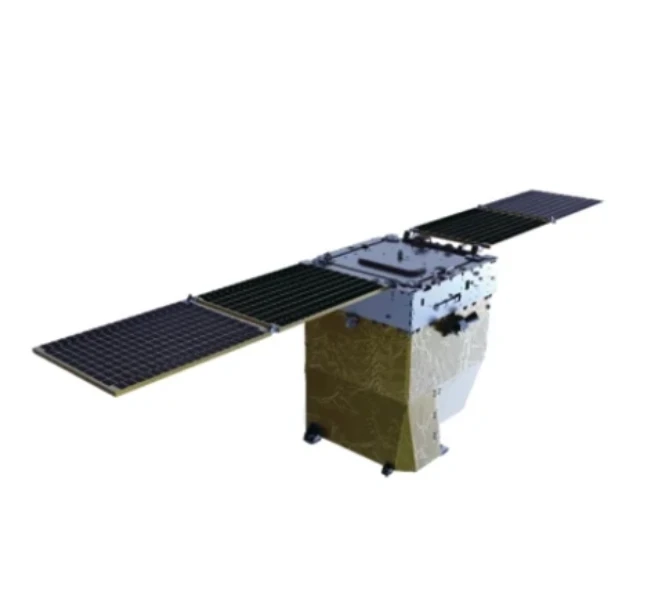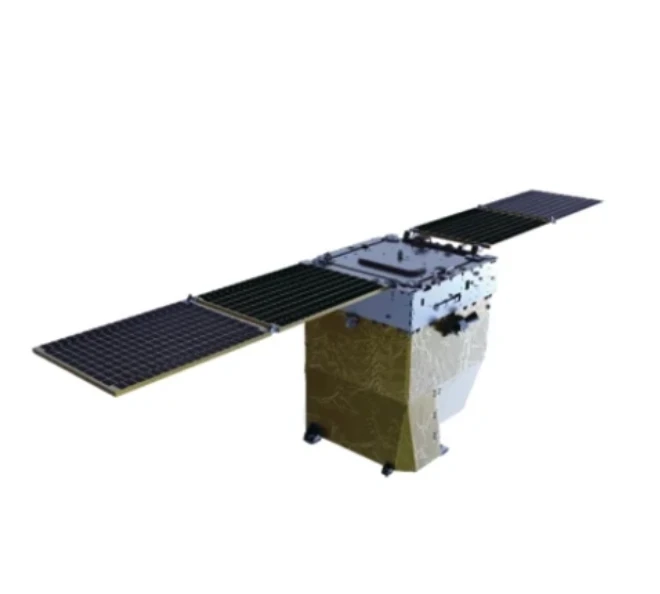
- Afrika
- bahasa Albania
- Bahasa Amharik
- Arab
- Bahasa Armenia
- Bahasa Azerbaijan
- Bahasa Basque
- Belarusia
- Benggala
- Bahasa Bosnia
- Bulgaria
- Bahasa Katalan
- Bahasa Cebu
- Cina
- Bahasa Korsika
- Kroasia
- Ceko
- Denmark
- Belanda
- Bahasa inggris
- Esperanto
- Estonia
- Finlandia
- Perancis
- Bahasa Frisia
- Bahasa Galisia
- Bahasa Georgia
- Jerman
- Orang yunani
- Bahasa Gujarati
- Kreol Haiti
- Bahasa Hausa
- orang hawai
- Ibrani
- TIDAK
- Bahasa Miao
- Hongaria
- Bahasa Islandia
- orang Igbo
- Indonesia
- Irlandia
- Italia
- Jepang
- Jawa
- Bahasa Kannada
- Bahasa Kazakh
- Bahasa Khmer
- Bahasa Rwanda
- Korea
- Kurdi
- Bahasa Kirgistan
- Tenaga kerja
- Latin
- Latvia
- Lithuania
- Luksemburg
- Makedonia
- Malagasi
- Melayu
- Bahasa Malayalam
- Malta
- Bahasa Maori
- Bahasa Marathi
- Bahasa Mongolia
- Myanmar
- Bahasa Nepal
- Norwegia
- Norwegia
- Bahasa Occitan
- Bahasa Pashtun
- Persia
- Polandia
- Portugis
- Bahasa Punjab
- Rumania
- Rusia
- Bahasa Samoa
- Gaelik Skotlandia
- Serbia
- Bahasa inggris
- Bahasa Shona
- Bahasa Sindhi
- Bahasa Sinhala
- Bahasa Slowakia
- Bahasa Slovenia
- Bahasa Somalia
- Spanyol
- Bahasa Sunda
- Bahasa Swahili
- Swedia
- Bahasa Tagalog
- Bahasa Tajik
- Tamil
- Bahasa Tatar
- Bahasa Telugu
- Thai
- Turki
- Turkmen
- Ukraina
- Bahasa Urdu
- Bahasa Uighur
- Bahasa Uzbek
- Vietnam
- Bahasa Wales
- Bantu
- Yiddi
- Bahasa Yoruba
- Bahasa Zulu
berita
Revolutionizing Earth Observation with Satellite Platforms in Remote Sensing
In the rapidly evolving field of space technology, the platform satelit has become the foundation of modern Earth observation and remote sensing missions. These platforms serve as the physical and technological base for hosting sensors, communication equipment, and power systems that enable satellites to collect, process, and transmit valuable data from orbit. The rise of the cubesat platform has particularly democratized access to space, allowing smaller organizations to deploy cost-effective and versatile satellites for diverse applications. With the growing importance of environmental monitoring, disaster management, and resource exploration, satellite platforms in remote sensing are key to unlocking a new era of data-driven insights.
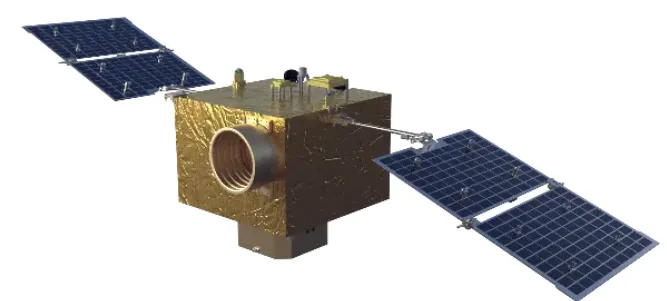
What Is a Satellite Platform?
A platform satelit refers to the structural and functional subsystem of a satellite that supports its mission payload and ensures its proper operation in space. This includes components such as the power supply, thermal control, propulsion, attitude control, and communication systems. A well-designed platform satellite must provide stability and reliability while accommodating the payload’s specific requirements. Over the years, satellite platforms have evolved to support increasingly complex instruments, higher data rates, and longer mission lifespans. These platforms enable satellites to perform critical Earth observation tasks with precision and consistency.
The Growing Role of Cubesat Platforms
The advent of the cubesat platform has revolutionized satellite deployment by standardizing small satellite form factors. Typically built in units of 10x10x10 cm cubes, cubesat platforms offer affordable, modular, and rapid development options for both commercial and research purposes. Their compact size and lower cost allow for launching constellations that provide high temporal resolution data, which is invaluable in monitoring fast-changing environmental phenomena. In the context of remote sensing, cubesat platforms are increasingly used for applications such as agricultural monitoring, urban planning, and atmospheric studies, bridging the gap between large, expensive satellites and ground-based observations.
Satellite Platforms in Remote Sensing: Enhancing Data Collection
Satellite platforms in remote sensing play a pivotal role in gathering detailed information about Earth’s surface and atmosphere. Equipped with multispectral, hyperspectral, radar, or thermal sensors, these platforms enable continuous monitoring of vegetation health, water resources, land use changes, and natural disasters. The versatility of a platform satellite determines the quality and quantity of data collected, influencing everything from spatial resolution to revisit frequency. Advances in platform technology have also enhanced onboard data processing capabilities, reducing latency and improving the usability of remote sensing data for real-time decision-making.
The synergy between traditional satellite platforms and emerging cubesat platforms is shaping the future of remote sensing. As mission demands become more complex and diversified, flexible and scalable satellite platforms are essential to meet these challenges. Whether for global climate monitoring, precision agriculture, or disaster response, satellite platforms in remote sensing are providing the critical infrastructure for timely and accurate Earth observation.
By investing in advanced platform satelit technologies and leveraging the agility of cubesat platforms, the space industry is poised to deliver unprecedented insights that drive sustainable development and enhance our understanding of the planet.








